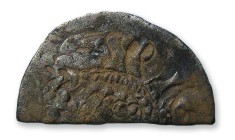Guatemala
Related Encyclopedia Entries
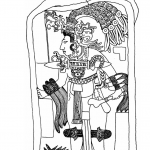
Aguas Calientes Stela 1
A Maya sculpture, stolen in the 1960s, that is currently missing Aguas Calientes is a Classic Maya site located in the Petén Department of Guatemala. The site was first recorded by archaeologist Sylvanus Moreley who visited it in April and May of 1914. At that time Morley located the site’s first (and, so far, only) known Stela 1, which was referred to locally as “El Rey”
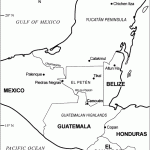
Cancuén
Cancuén is a major Classic Maya site in northern Guatemala which has experienced several looting events from the 1960s into the 2000s.
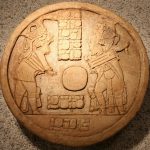
Cancuén Ballcourt Marker
Classic Maya stone sculpture from the site of Cancuén, Guatemala; looted in 2001 and recovered in 2003. Note: the piece was sometimes referred to as an ‘altar’ in the press.
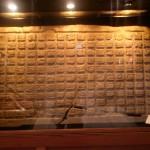
Cancuén Panel
Classic Maya hieroglyphic panel looted from the site of Cancuén, Guatemala sometime before 1981.
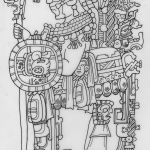
Dos Pilas Stela 17
Maya sculpture that was looted and partially recovered; some portions remain missing.
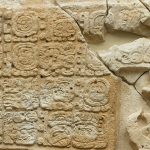
El Perú-Waka’ Stela Fragment Returned to Guatemala in 1999
Maya sculpture stolen from a Guatemalan site and recovered from Sotheby’s auction house...
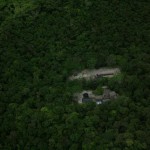
El Zotz
Classic Maya city heavily looted in the 1960s and 1970s.
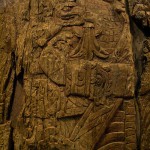
El Zotz Lintel 1
Classic Maya carved wooden lintel looted from the site of El Zotz, Guatemala, in the late 1960s and repatriated from the collection of the Denver Art Museum in 1998.

Huechero
A huechero is a person who clandestinely excavates at archaeological sites for the purpose of obtaining marketable antiquities; a looter.
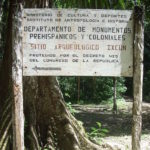
Ixkun Stela 5
In 1972 looters heated this Maya monument and doused it in water, causing it to break into easily-transportable fragments.
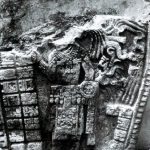
Jimbal Stela 1
Mutilated and partially-stolen Maya sculpture used as an illustration on an ICOM Red List The Maya site of Jimbal is located in Guatemala’s Petén department approximately 14 kilometres north of the core of Tikal (Fry and Cox 1974), halfway between the sites of Tikal and Uaxactun (Robertson 2013: 15). It was likely a satellite of Tikal. To date, archaeologists have recorded one carved...
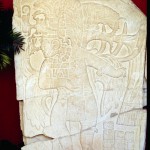
La Amelia Stela 1
A classic Maya stela, cut into pieces for transport, which ended up in the collection of Sweden’s National Museum. It was returned to Guatemala in 1994.
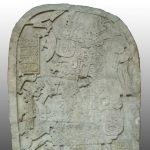
Machaquilá Stela 2
Maya sculpture looted from Guatemala and smuggled into the U.S. resulting in a ground-breaking court decision.

Maya ‘Fresco’ Fake
Antiquities dealer Leonardo Patterson convicted of federal wire fraud for attempting to sell a fake Maya ‘fresco’
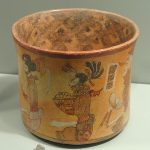
Maya Ceramic Vessels Abandoned in a Florida Airport in 1983
Fifty-five Maya-style vessels that were flown into the USA on a private plane and that no one claimed.
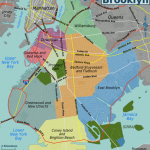
Maya Sculpture Seized in Brooklyn in 1999
Large Ancient Maya pieced seized from a Brooklyn residential garage...
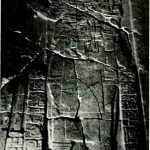
Naranjo Stela 30
Stolen Maya sculpture seized by US Authorities when a crate carrying it broke open in the port of Houston Naranjo is a Maya site located near Guatemala’s border with Belize. It is 18 km north of the town of Melchor de Mencos via a logging road built in the 1950s (Peabody Museum n.d.). Naranjo was discovered in 1905 by Teobert Maler, who recorded 32 stela at the site, including Naranjo Stela 30...
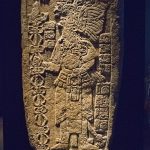
Naranjo Stela 8
Maya sculpture trafficked to the USA, bought by a department store magnate, and physically returned to Guatemala in 2015. Naranjo is a Maya site located near Guatemala’s border with Belize. It is 18 km north of the town of Melchor de Mencos via a logging road built in the 1950s (Peabody Museum n.d.). Naranjo was discovered in 1905 by Teobert Maler, who recorded 32 stela at the site, including...
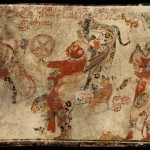
November Collection of Maya Pottery
A spectacular collection of Classic Maya pottery thought to have been systematically looted from Guatemalan sites throughout the 1980s now in the possession of the Museum of Fine Arts, Boston.
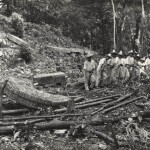
Piedras Negras
During the 1960s a number of archaeologically recorded monuments were looted from the Classic Maya site in Guatemala’s Peten region and trafficked into the United States.
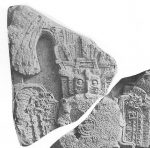
Piedras Negras Stela 9
Maya sculpture that was stolen in the 1960s and reappeared for sale in Paris in 2019.
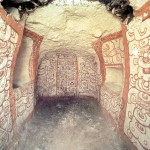
Río Azul
Remote Classic Maya site which was extensively looted in the 1970s for spectacular grave goods.
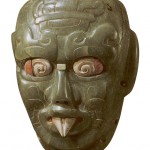
Río Azul Mask
A Classic Maya funerary mask apparently looted from the Guatemalan site of Río Azul and illicitly trafficked into the United States and then Europe.
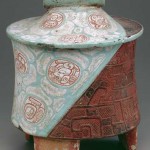
Río Azul Vase
A Classic Maya vase now in the Detroit Institute of Arts that is thought, based on linguistic evidence, to have been looted from Tomb 12 at the Guatemalan site of Río Azul in the late 1970s.
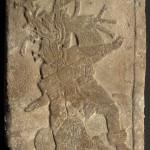
Site Q (La Corona)
For years this site was only known from looted archaeological material for sale on the art market; its location was unknown. It has recently been identified in the Peten region of Guatemala.
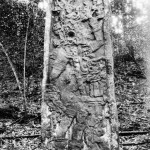
Xultun
A Classic Maya site from which several archaeologically-recorded stelae were looted in the 1970s. Their whereabouts are unknown.
Related Publications

Tremain, C.G. and Yates, D. (eds.) (2019) The Market for Mesoamerica: Reflections on the Sale of Pre-Columbian Antiquities. Gainesville: University Press of Florida.

Yates, D. (2015) ‘Illicit Cultural Property from Latin America: Looting, Trafficking, and Sale’, in Desmarais, F. (ed.) Countering Illicit Traffic in Cultural Goods: The Global Challenge of Protecting the World’s Heritage. Paris: ICOM.

Yates, D. (2015) ‘Value and doubt: The persuasive power of “authenticity” in the antiquities market’, PARSE, 2, pp. 71–84.

Yates, D. (2014) ‘Displacement, deforestation, and drugs: antiquities trafficking and the narcotics support economies of Guatemala’. In: Kila, J. and Balcells, M. (eds.) Cultural Property Crimes: an overview and analysis on contemporary perspectives and trends. Leiden: Brill, pp. 23–36.

